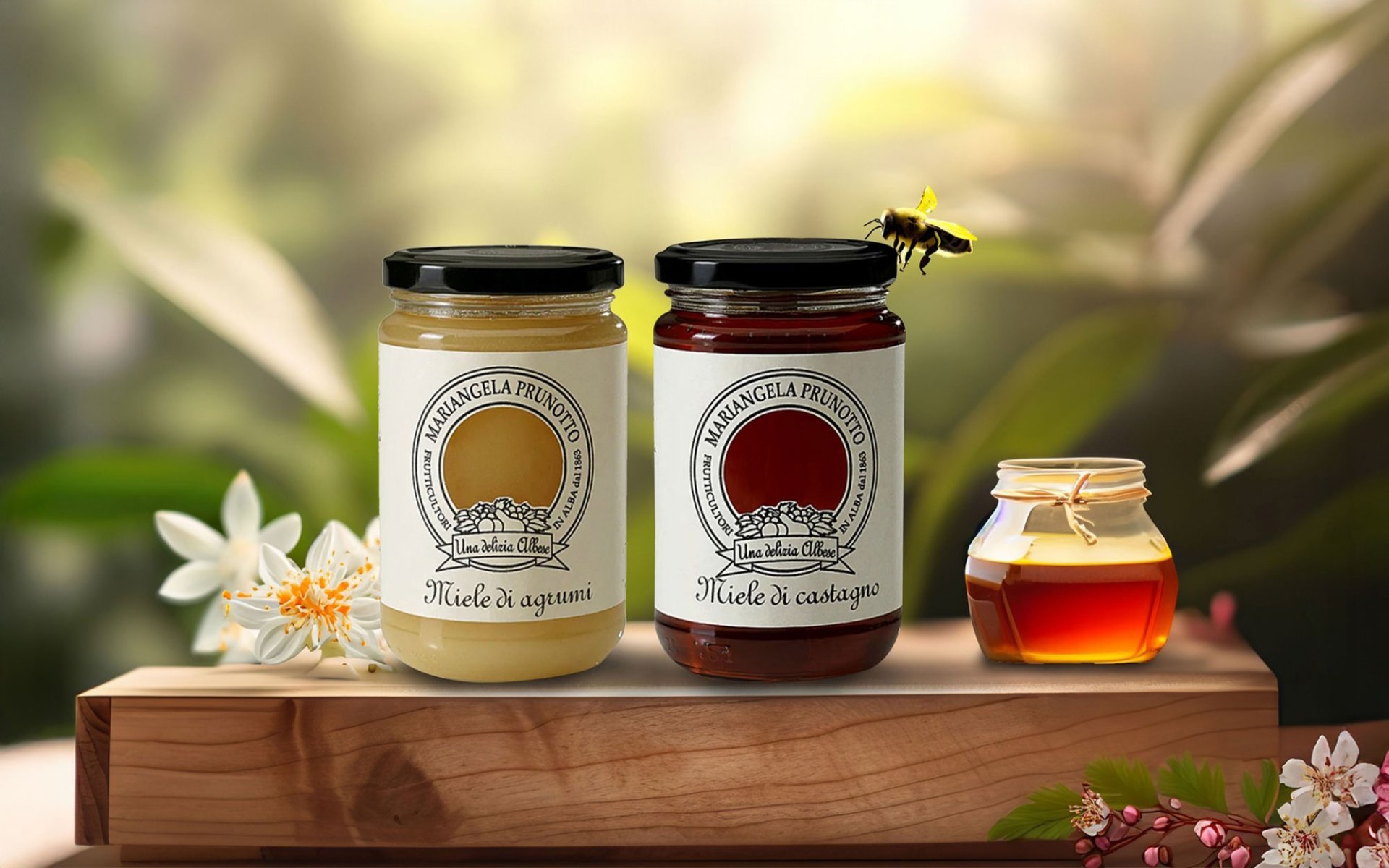Orange Blossom Honey and Chestnut Blossom Honey

When it comes to honey, most people are aware of its many health benefits. However, honey is not only distinguished by its properties but also by its unique taste and color, which vary depending on the type of flowers bees pollinate. Today, Rimping Supermarket invites you to learn about Orange Blossom Honey and Chestnut Blossom Honey.
Orange Blossom Honey: Citrus Freshness
Orange Blossom Honey is produced by bees pollinating orange tree blossoms. As a result, its taste is subtly sweet with a hint of tartness, unlike the intensely sweet flavor of common honey. It boasts a fresh, inviting aroma reminiscent of freshly squeezed orange juice or grated lemon zest. This type of honey typically ranges from light to amber in color and is popular when paired with fresh fruit or yogurt for breakfast. It's also frequently added to teas or cocktails to enhance their complexity.
In culinary applications, Orange Blossom Honey is often used to sweeten cakes, cookies, and various baked goods. Its delicate citrus aroma beautifully elevates the appeal and sophistication of dishes.
Like all types of honey, Orange Blossom Honey offers numerous health benefits and nutritional value. It is rich in antioxidants, vitamins, and minerals, and is believed to possess antimicrobial, anti-inflammatory, and immune-boosting properties.
Chestnut Blossom Honey: Complex Depth
Chestnut Blossom Honey is derived from bees pollinating chestnut tree blossoms. It stands out with its distinctive deep amber color, similar to molasses, and boasts an intensely sweet flavor that differs from Orange Blossom Honey.
Chestnut Blossom Honey is renowned for its complex aroma. Some describe it as having a delicate smoky scent, while others note hints of caramel or wood. For those accustomed to more common honey varieties, the aroma of Chestnut Blossom Honey can be quite surprising.
Despite its distinct taste and aroma, Chestnut Blossom Honey offers a wealth of health benefits. It is said to have a higher concentration of antioxidants compared to lighter honeys, contributing to a stronger immune system and reduced inflammation.
In the culinary world, Chestnut Blossom Honey pairs exceptionally well with a wide range of ingredients. It is often served with blue cheese or strong-flavored cheeses, as its rich taste perfectly complements the robust cheese notes. Additionally, Chestnut Blossom Honey goes well with salami and sausages. It is also popular for blending with mustard to create a unique sauce for pretzels, vegetables, or even roasted meats.


